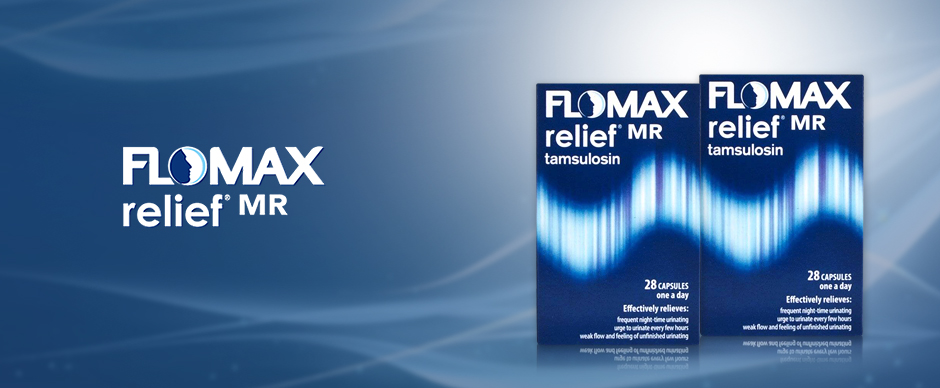
Treatment For BPH
Treatment choice is based upon the severity of the symptoms, the extent to which they affect the person's daily life and the presence of any other medical conditions.
Options include:
- "watchful waiting"
- lifestyle changes
- medication
- surgery
Men over 60 are most likely to have symptoms, but many only have minor symptoms. Thus, self-care steps are often enough to make the person feel better. A yearly check up is needed to monitor the progression of symptoms and to determine if any changes in treatment are needed.
Self-Care For Mild Symptoms:
- Urinating when the urge first occurs and go to the bathroom as soon as the chance arises, even if the feel to urinate is not present.
- Avoiding alcohol and caffeine, especially after dinner.
- Not drinking a lot of fluid all at once; spreading fluids out throughout the day.
- Avoiding drinking fluids within 2 hours of bedtime.
- Not taking over-the-counter cold and sinus medications that contain decongestants or antihistamines as they can increase BPH symptoms.
- Keeping warm and exercising regularly; cold weather and lack of physical activity may worsen symptoms.
- Learning and performing Kegel exercises (pelvic strengthening exercises).
- Reducing stress; nervousness and tension can lead to more frequent urination.
Kegel Exercise
Tensing the ischiocavernosus and bulbocavernosus muscles around the perineum — the area between the scrotum and the anus. The exercises involves contracting the pelvic floor muscles for 10-second periods — while standing, sitting or lying down — as if the man was trying to stop a flow of urine or wind escaping.
Medications
Alpha 1-blockers (doxazosin, prazosin, tamsulosin, terazosin, and afluzosin)
Finasteride and dutasteride lower levels of hormones produced by the prostate, reduce the size of the prostate gland, increase urine flow rate, and decrease symptoms of BPH. It may take 3 to 6 months before you notice much improvement in your symptoms. Potential side effects related to the use of finasteride and dutasteride include decreased sex drive and impotence.
Antibiotics may be prescribed to treat chronic prostatitis (inflammation of the prostate), which may accompany BPH. Some men note relief of their BPH symptoms after a course of antibiotics.
Herbal Remedies
Many herbs have been tried for treating an enlarged prostate. Saw palmetto has been used by millions of men to ease BPH symptoms and is often recommended as an alternative to medication. Some studies have shown that it helps with symptoms, but there is evidence that this popular herb is no better than a placebo in relieving the signs and symptoms of BPH.
Further studies are needed. If you use saw palmetto and think it works, ask your doctor if you should still take it.
Surgery
Prostate surgery may be recommended if you have:
- Incontinence
- Recurrent blood in the urine
- Inability to fully empty the bladder (urinary retention)
- Recurrent urinary tract infections
- Kidney failure
- Bladder stones
The choice of a specific surgical procedure is usually based on the severity of your symptoms and the size and shape of your prostate gland:
- Transurethral resection of the prostate (TURP): This is the most common and most proven surgical treatment for BPH. TURP is performed by inserting a scope through the penis and removing the prostate piece by piece.
- Transurethral incision of the prostate (TUIP): This procedure is similar to TURP, but is usually performed in men who have a smaller prostate. It is usually performed without the need for a hospital stay. Like TURP, a scope is inserted through the penis until the prostate is reached. Then, rather than removing the prostate, a small incision is made in the prostate tissue to enlarge the opening of the urethra and bladder outlet.
- Simple prostatectomy: An open prostatectomy is usually performed using general or spinal anesthesia. An incision is made through the abdomen or perineum (the area behind the scrotum). Only the inner part of the prostate gland is removed. The outer portion is left behind. This is a lengthy procedure, and it usually requires a hospital stay of 5 to 10 days
Most men who have prostate surgery have improvement in urine flow rates and symptoms.
Other, less invasive procedures are available. These use different forms of heat to destroy prostate tissue, including:
- Radiofrequency energy: transurethral needle ablation (TUNA)
- Microwave energy: transurethral microwave thermotherapy (TUMT)
- Electrical current: transurethral electrovaporization (TUVP)
- Hot water: water-induced thermotherapy (WIT)

